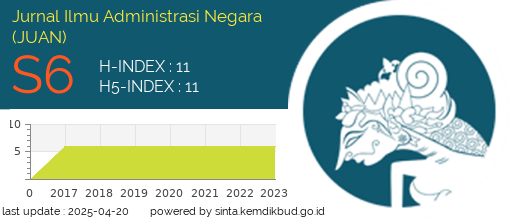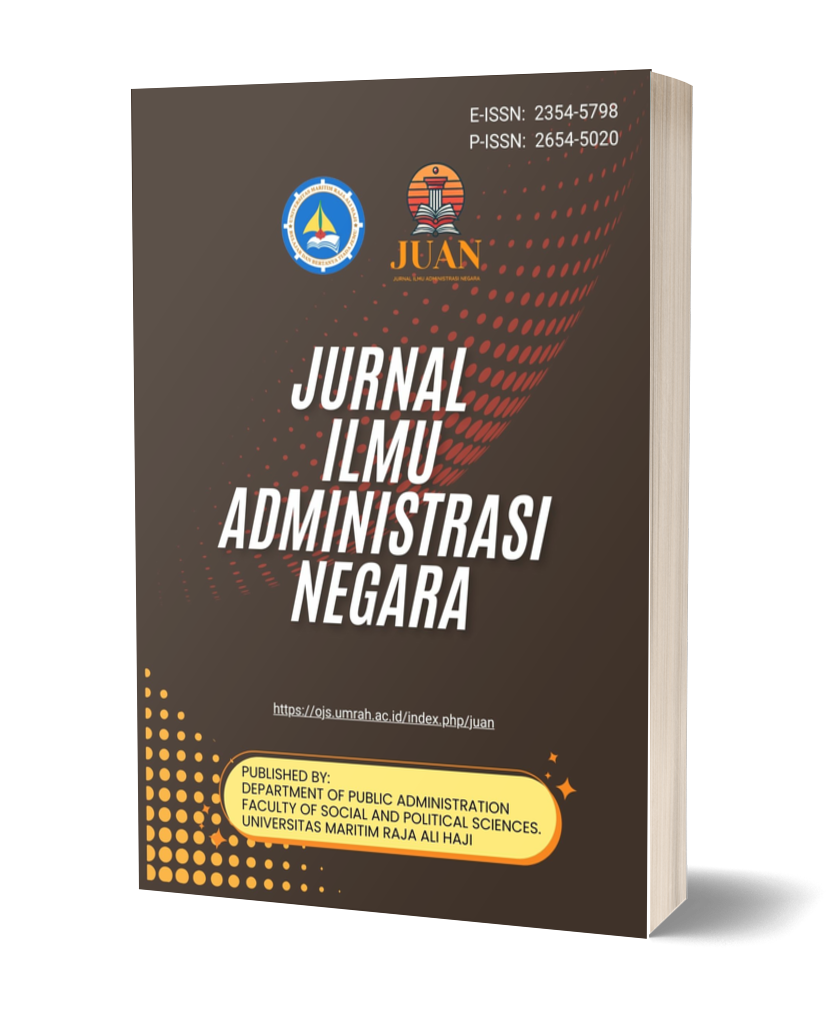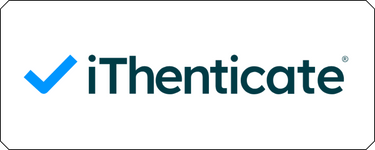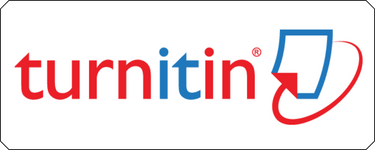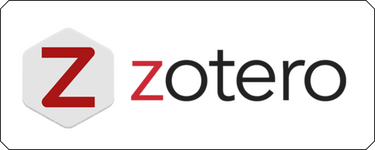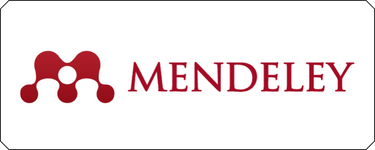Collaborative Governance Dalam Konservasi Penyu Di Kampung Baru Lagoi Kabupaten Bintan
Collaborative Governance
DOI:
https://doi.org/10.31629/juan.v7i2.1006Keywords:
Collaborative Governance, Stakeholder, Konservasi PenyuAbstract
Collaborative governance is one of the concepts in public policy that has developed in the past few decades, there is a distinctive value inherent in collaborative governance namely consensus orientation, collective leadership, multi-directional communication and sharing of resources. This study aims to find out whether the 5 stages in Ansell and Gash 2007 theory can be fulfilled or failed, besides that this research aims to find out what are the factors of aversion and supporting factors in the collaborative governance process in beautiful conservation. This study uses descriptive research with a qualitative approach. Methods of data collection in the form of interviews conducted to informants who have an interest in applying the Collaborative governance process. Analysis of the data obtained is carried out through data collection, data verification, data presentation, and conclusion drawing. The results obtained from this study are that there are several stages that can be fulfilled such as (1). Share understanding, (2). Intermediate outcome, then there are 3 stages that fail to be fulfilled by the process of collaborative governance in beautiful conservation, namely (1). Face to face, (2). Trust building, (3). Commitment to process. In the stages that have not been achieved such as face to face, trust building and commitment to process, the actors are expected to be able to improve and fulfill these 3 stages, while for the two stages that have been achieved such as share understanding and intermediate outcomes, the actors are expected to be able to maintain and be more responsible answer with the process of collaborative governance
Downloads
Downloads
Published
Issue
Section
License
You are free to:
- Share — copy and redistribute the material in any medium or format for any purpose, even commercially.
- Adapt — remix, transform, and build upon the material for any purpose, even commercially.
- The licensor cannot revoke these freedoms as long as you follow the license terms.
Under the following terms:
- Attribution — You must give appropriate credit, provide a link to the license, and indicate if changes were made . You may do so in any reasonable manner, but not in any way that suggests the licensor endorses you or your use.
- ShareAlike — If you remix, transform, or build upon the material, you must distribute your contributions under the same license as the original.
- No additional restrictions — You may not apply legal terms or technological measures that legally restrict others from doing anything the license permits.


